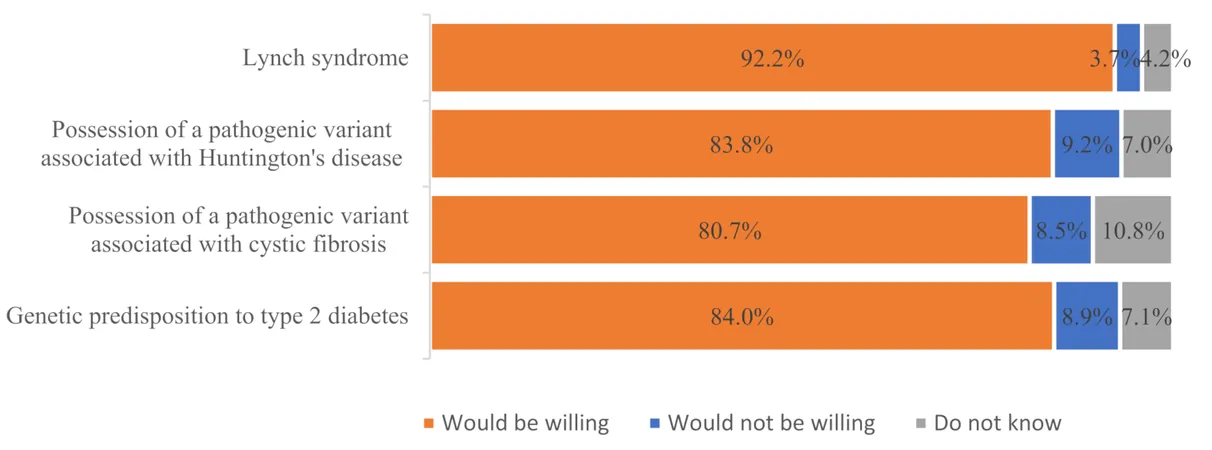
Unveiling a Dangerous Cisco IOS XE Vulnerability: What You Need to Know
2025-06-02
Author: Ming
Critical Cisco IOS XE Vulnerability Exposed!
Researchers have revealed alarming details surrounding a severe vulnerability in Cisco's IOS XE Wireless LAN Controller (WLC), officially tagged as CVE-2025-20188. This news raises the stakes for cybersecurity, bringing potential exploits tantalizingly close.
The Exploit Landscape - What Researchers Found
While Horizon3's investigation doesn’t provide an easy-to-use Remote Code Execution (RCE) exploit script, it arms cybercriminals with enough technical knowledge to potentially craft one. This puts users at immediate risk as the clock ticks down.
Inside the Vulnerability: What’s the Risk?
Cisco initially disclosed this critical bug on May 7, 2025, highlighting it as a significant threat that could allow malicious actors to seize control of affected devices. The root of the issue lies in a hardcoded JSON Web Token (JWT) that permits unauthenticated, remote attackers to upload files, manipulate paths, and execute arbitrary commands with root permissions.
Who’s Vulnerable?
The danger becomes glaringly apparent if the ‘Out-of-Band AP Image Download’ feature is activated. The following models are particularly at risk: - Catalyst 9800-CL Wireless Controllers for Cloud - Catalyst 9800 Embedded Wireless Controller for Catalyst 9300, 9400, and 9500 series switches - Catalyst 9800 Series Wireless Controllers - Embedded Wireless Controller on Catalyst APs
How Attackers Could Exploit This Weakness
Horizon3’s findings indicate that the threat emerges from a hardcoded fallback JWT secret referred to as ‘notfound’. This is utilized by backend Lua scripts overseeing file uploads, demonstrating a glaring flaw in path validation.
For instance, if the script fails to locate the file ‘/tmp/nginx_jwt_key’, it defaults to ‘notfound’ as the secret key. Consequently, this allows attackers to forge valid tokens simply by leveraging ‘HS256’ and ‘notfound’.
Crafting the Perfect Attack
One exploitation example involves sending an HTTP POST request to the ‘/ap_spec_rec/upload/’ endpoint, manipulating paths to upload seemingly harmless files (like foo.txt) outside the intended directory.
To escalate the situation to remote code execution, an attacker could overwrite configuration files crucial for backend operations, deploy web shells, or misuse monitored files, instigating unauthorized actions.
User Advisory: Take Action Now!
Given the rising likelihood of exploitation, Cisco urges users to upgrade to patched versions (17.12.04 or newer) without delay.
As a temporary measure, administrators are advised to disable the Out-of-Band AP Image Download feature to mitigate risks.
Stay Informed and Secure!
In the fast-evolving world of cybersecurity, staying informed about vulnerabilities is vital. Ensure your systems are secure and updated to protect against emerging threats!




 Brasil (PT)
Brasil (PT)
 Canada (EN)
Canada (EN)
 Chile (ES)
Chile (ES)
 Česko (CS)
Česko (CS)
 대한민국 (KO)
대한민국 (KO)
 España (ES)
España (ES)
 France (FR)
France (FR)
 Hong Kong (EN)
Hong Kong (EN)
 Italia (IT)
Italia (IT)
 日本 (JA)
日本 (JA)
 Magyarország (HU)
Magyarország (HU)
 Norge (NO)
Norge (NO)
 Polska (PL)
Polska (PL)
 Schweiz (DE)
Schweiz (DE)
 Singapore (EN)
Singapore (EN)
 Sverige (SV)
Sverige (SV)
 Suomi (FI)
Suomi (FI)
 Türkiye (TR)
Türkiye (TR)
 الإمارات العربية المتحدة (AR)
الإمارات العربية المتحدة (AR)